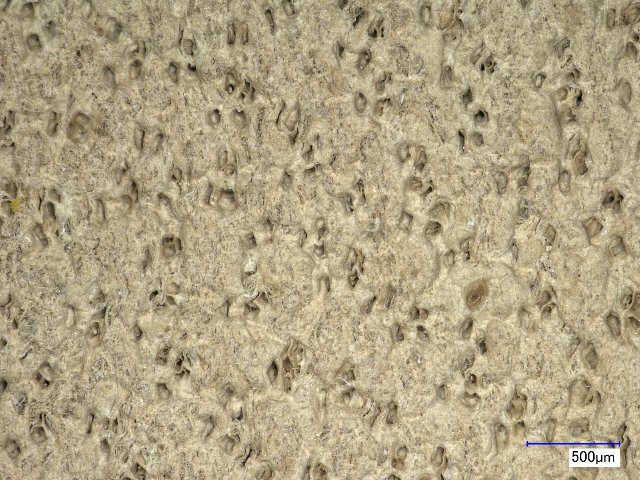Have you ever wondered if leather is actually breathable? Or is it just a marketing gimmick made up by the fashion industry who want to sell more leather. Leather is an amazing natural “material” but can it tick this box too?
Yes, real leather is breathable in that it can absorb and expel water vapour into the air. Natural oils in leather are released due to sun exposure or rise in temperature. Water vapour is also released during this process making leather breathe by releasing this moisture.
Ok, so how does leather actually breathe? Afterall the animal and skin are no longer alive. The leather has been tanned and undergone a massive change compared to its original state. Let’s take a look at the process.
What is breathable leather.
Real leather is breathable. To be more specific Full grain, top grain and genuine leather are breathable real leathers as they have pores which allow water vapour to be absorbed and expelled. Anything other than these leathers are not real and aren’t breathable. Faux, synthetic or PU “leathers” are made from plastics.
Factors that influence the breathability of leather.
So, as you know not all leathers are the same and therefore, they will breathe at different rates. Leathers breathability depends on the following factors:
- Type of leather. Nubuck and suede are thinner leathers and much more porous than full grain and top grain leather which makes them more breathable. Aniline leather breathes well as it doesn’t have any insoluble pigments to clog its pores.
- Thickness of leather. Thickness of leather also influences its breathability as the thinner the leather, the easier it is for water to escape. Therefore, most thinner leathers breathe easier.
- Age of leather. As leather ages it loses some of its natural oils and begin to dry out. Unless leather is conditioned regularly it will dry and crack and lose its ability to absorb and release water.
- Tanning process and treatment. Vegetable tanned leather breathes better than the more harmful chrome tanned leather.
- Colouring layer. The colouring agents in semi-aniline leather can be insoluble and block the pores of leather. This will stop its breathability.
Another factor that influences breathability is the care and maintenance of your shoes, jackets, skirts, bags etc. Keeping leather clean and well-conditioned will not only enhance its lifespan, but also help its breathability.
How does leather breathe.
So, as explained above, water vapour can be absorbed and expelled by some leather. If you look at the pic below which shows leather viewed under an electron microscope. You can see that real leather has plenty of pores in it.

Inside leather are natural oils that help give it suppleness and softness. Along with these natural oils is tiny amounts of water. It is through these pores that leather can absorb or expel water in the form of water vapour.
Think of it this way. Have you ever worn rubber rain boots to prevent your feet getting wet in the rain? Well, rubber is of course impermeable to water and completely waterproof, but after an hour or so of wearing your rubber boots your socks start to become wet as your feet sweat. This is because the moisture has nowhere to go and can’t escape through the rubber. This causes wet socks and smelly feet.
Now, compare this to wearing proper 100% leather boots. It’s completely different……right? The sweat and moisture don’t build up as much as the rubber boots. This is because the leather is absorbing the sweat from your feet and socks and expelling it to the outside via these tiny pores. Keeping your feet and socks dry and comfortable.
Is PU or faux leather breathable.
No, PU, faux leather or otherwise any artificial leather is not breathable. They are more waterproof than real leather due to the plastic barrier on the outside, but that’s where the benefit ends. PU leather is made from Polyurethane, which is a thermoplastic polymer. This plastic isn’t breathable and tends to crack.
Faux leather is made of various waxes and a chemical called Polyvinyl Chloride and also isn’t breathable.
Conclusion.
Leather is breathable, but it depends on factors such as leather type, thickness, colour layer, tanning process and age that will influence its breathability. Factoring all this into the equation makes leather and amazing “material” that outshines any man-made fabric but miles.
